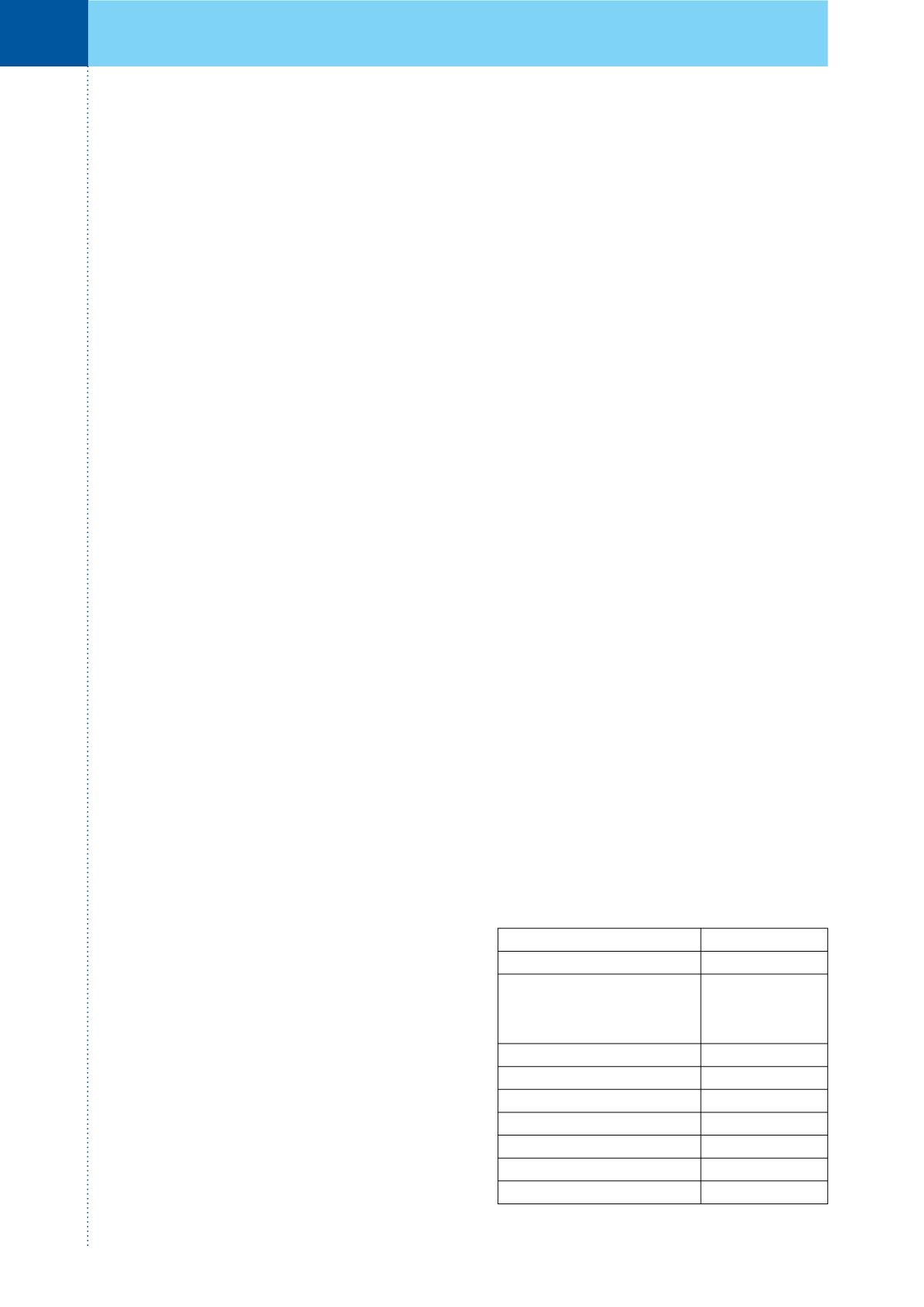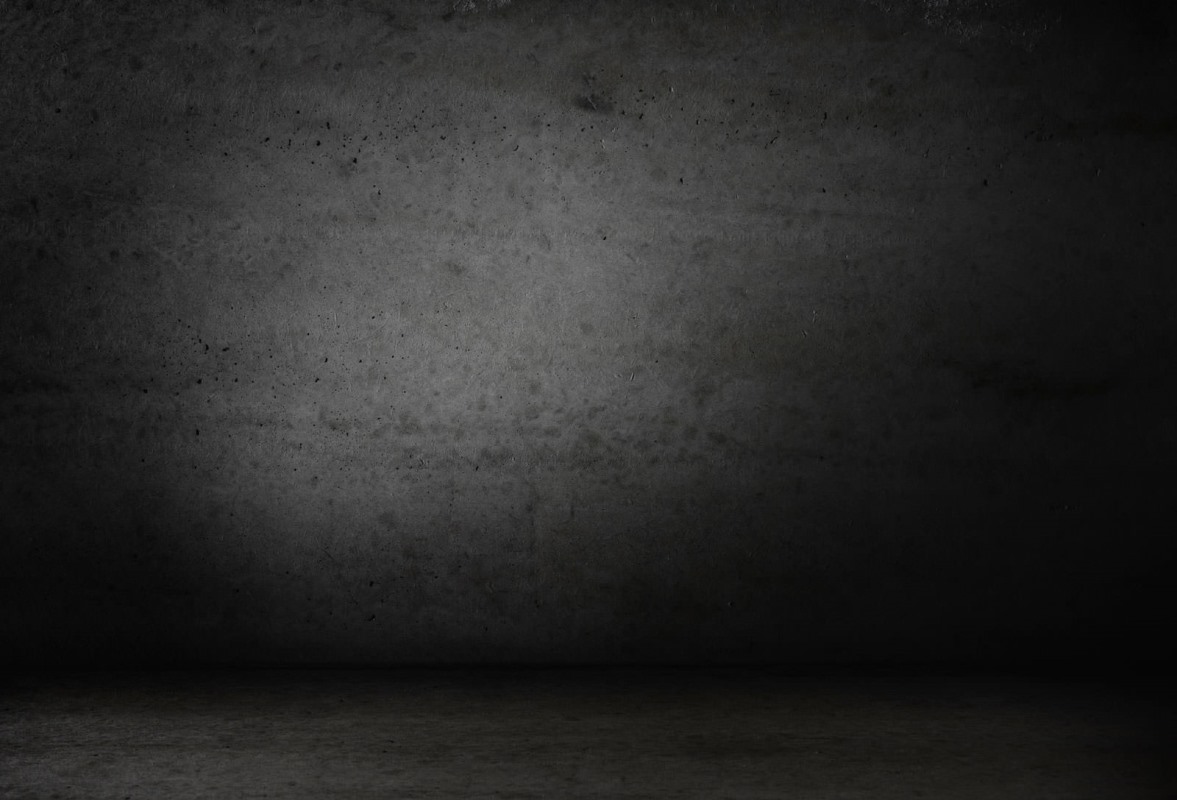

34
Ces Urol 2015; 19(1): 33–43
ORIGINÁLNÍ PRÁCE
hu, tak po jejím ukončení (p = 2,2x10
-16
). V průběhu
imunostimulace bylo bez příznaků 85% nemoc-
ných a při dalším sledování 70,8%. Snížil se také
počet aplikovaných antimikrobiálních přípravků.
Subjektivní zlepšení přetrvávalo ve více než 57%
i po ukončení léčby. Mikrobiologická odpověď do-
sáhla 77%, v odstupu od ukončení léčby se snižuje.
U exacerbací byla uropatogenní flóra detekována
v 61%. Nežádoucí účinky u dvou nemocných vedly
k předčasnému ukončení terapeutického režimu.
KLÍČOVÁ SLOVA
Imunomodulační léčba, bakteriální lyzát, recidivující
infekce močových cest (RIMC).
SUMMARY
Hanuš M, Matoušková M, Králová V, Hiblbauer J,
Szewczyk J, Sýkora R, Sabra R, Tomaštík P, Paseka J.
Immunostimulation with polybacterial lysate (Uri-
vac®) in preventing recurrent lower urinary tract
infections.
In European countries, including the Czech
Republic, urinary tract infections (UTIs) have long
occupied the second place in the incidence of
infectious diseases in the population, thus repre-
senting a major socioeconomic problem. Along
with respiratory infections, they are the major con-
tributors to the prescription of antimicrobial agents.
Extensive antimicrobial therapy is one of the most
important causes of increased bacterial resistance.
Immunostimulation is a possible way of preven-
ting recurrent lower urinary tract infections and
reducing the consumption of antimicrobial agents.
A prospective multicentre study evaluated
the clinical efficacy, tolerability, and benefit to tre-
atment of recurrent infections with the immuno-
stimulatory drug Urivac®.
The number of attacks of lower urinary tract
infections following immunostimulation reduced
significantly both during its course and after its
cessation (p = 2.2 x 10
–16
). During immunostimu-
lation, 85% of patients were symptom-free, and
during subsequent follow-up it was 70.8%. There
was associated with a reduction in the number of
the antimicrobial agents administered. Subjective
improvement persisted in more than 57% even
after treatment cessation. Microbiological response
reached 77%; it decreases with increased time from
treatment cessation. In the case of exacerbations,
uropathogenic flora was detected in 61%. Adverse
effects in two patients led to early termination of
the therapeutic regimen.
KEY WORDS
Immunomodulatory therapy, bacterial lysate, re-
current urinary tract infection (RUTI).
………
ÚVOD
Populace českých žen a mužů je s vysokou pre-
valencí postižena výskytem recidivujících infekcí
dolních močových cest. Při léčbě těchto infekčních
atak je významnýmmedicínským problémem ná-
růst antimikrobiální rezistence. Projevuje se nezane-
dbatelný socioekonomický dopad na nemocnost,
omezení intimního i společenského života nemoc-
ných s praktickou eliminací jejich sociálních nebo
fyzických aktivit. Racionální diagnostické postupy
a uvážlivá empirická i kauzální léčba omezují nárůst
rezistence současně se snížením ceny léčby, ale pra-
xe je jiná. Z přehledu použitých antimikrobiálních
preparátů (tab. 1) vyplývá povážlivá dominance
fluorochinolonů.
Tab. 1.
Přehled antimikrobiální léčby v průběhu 12
měsíců před vstupem do studie
Table 1.
Overview of antimicrobial therapy within
the 12 months prior to study entry
nitrofurantoin
60
amoxicillin
15
fluorochinolony
– norfloxacin
– ofloxacin
– ciprofloxacin
53
17
14
cefuroxin
13
azitromycin
3
klaritromycin
3
trimetoprim
23
cotrimoxazol
22
doxycyklin
7
metronidazol
1



















